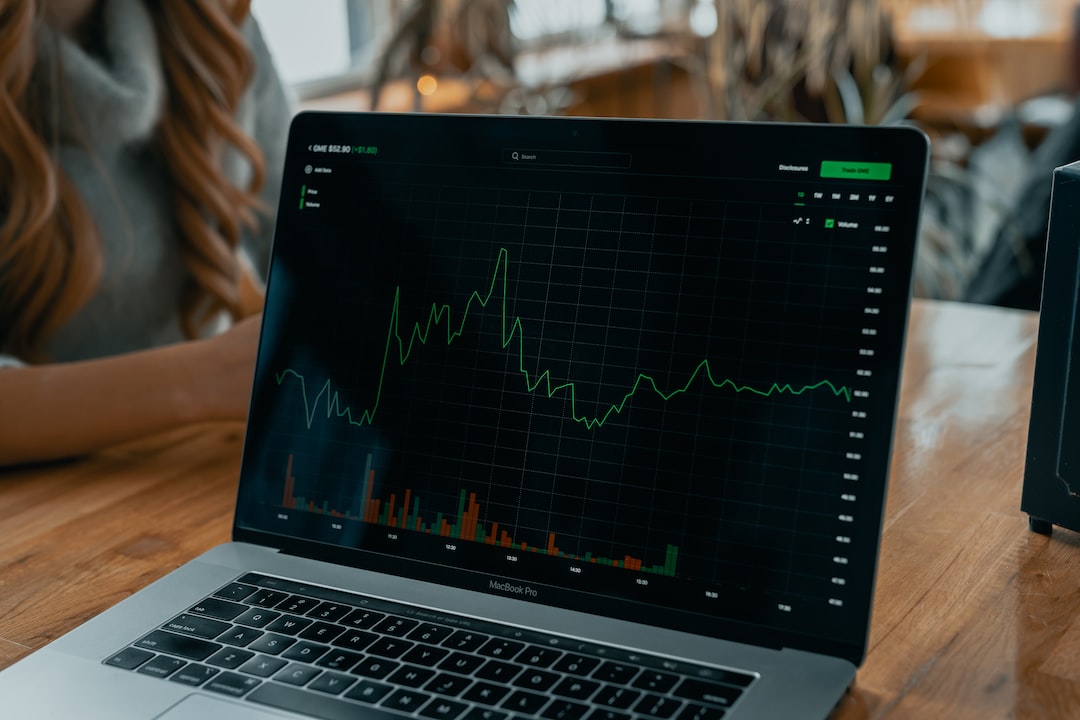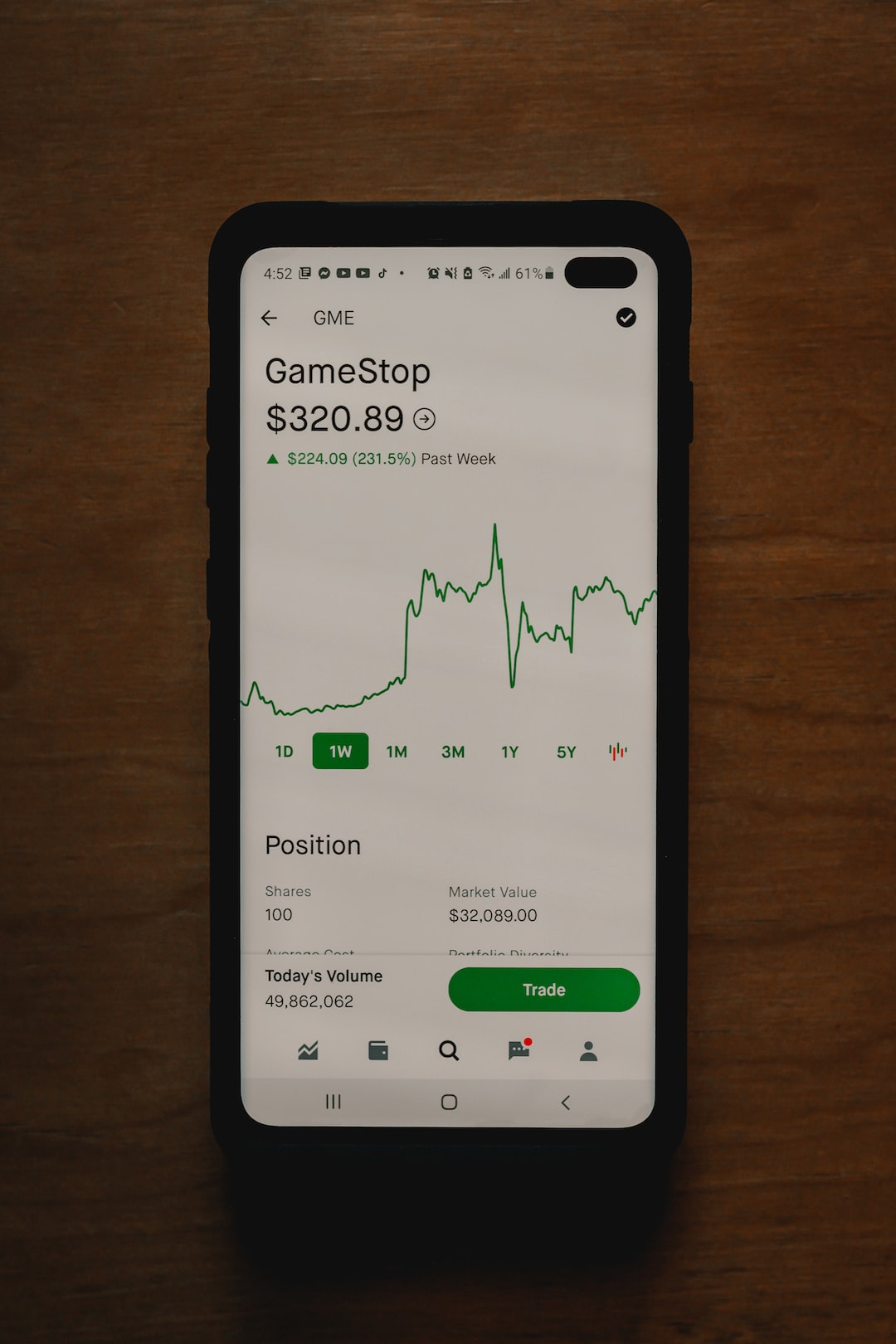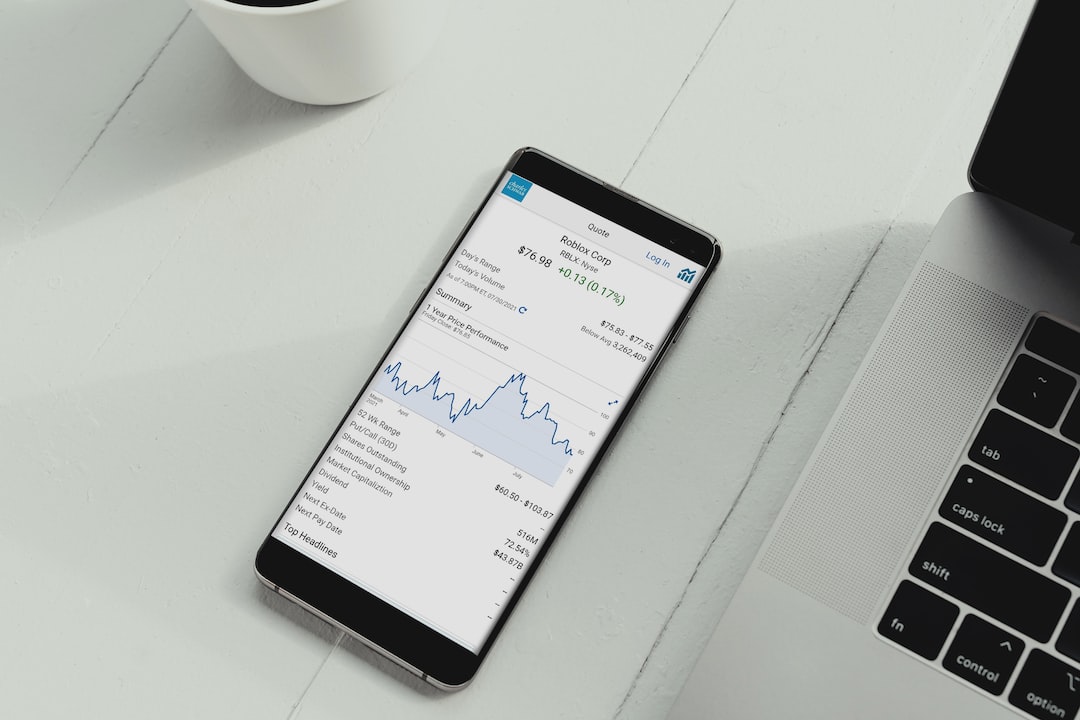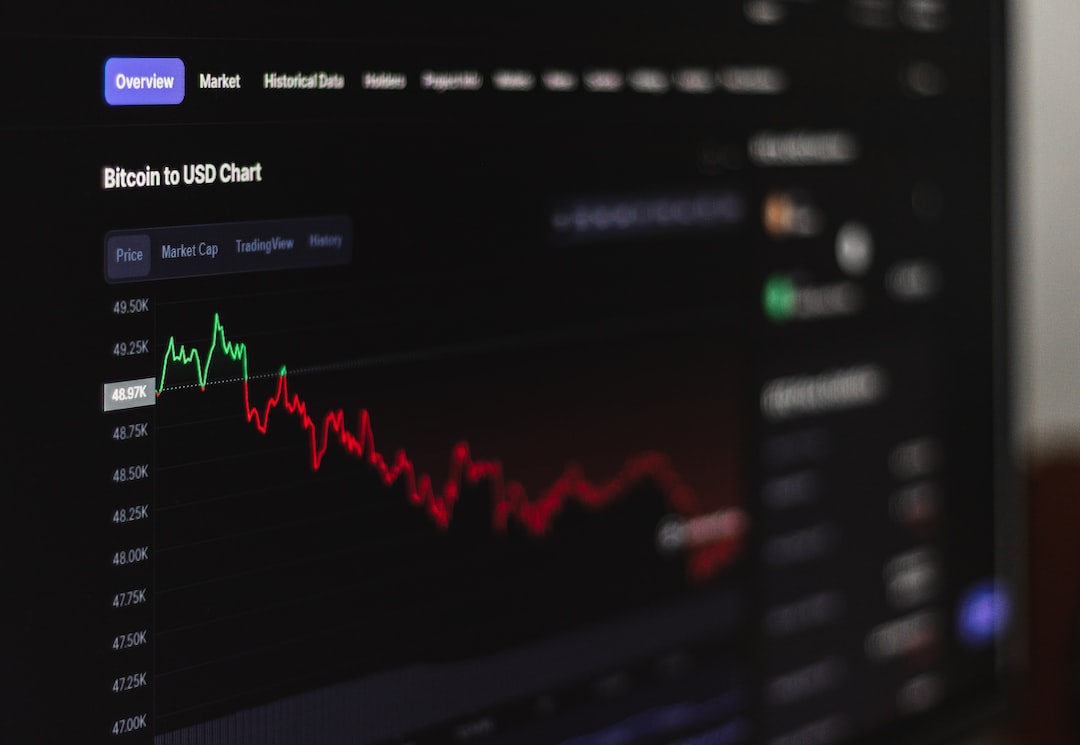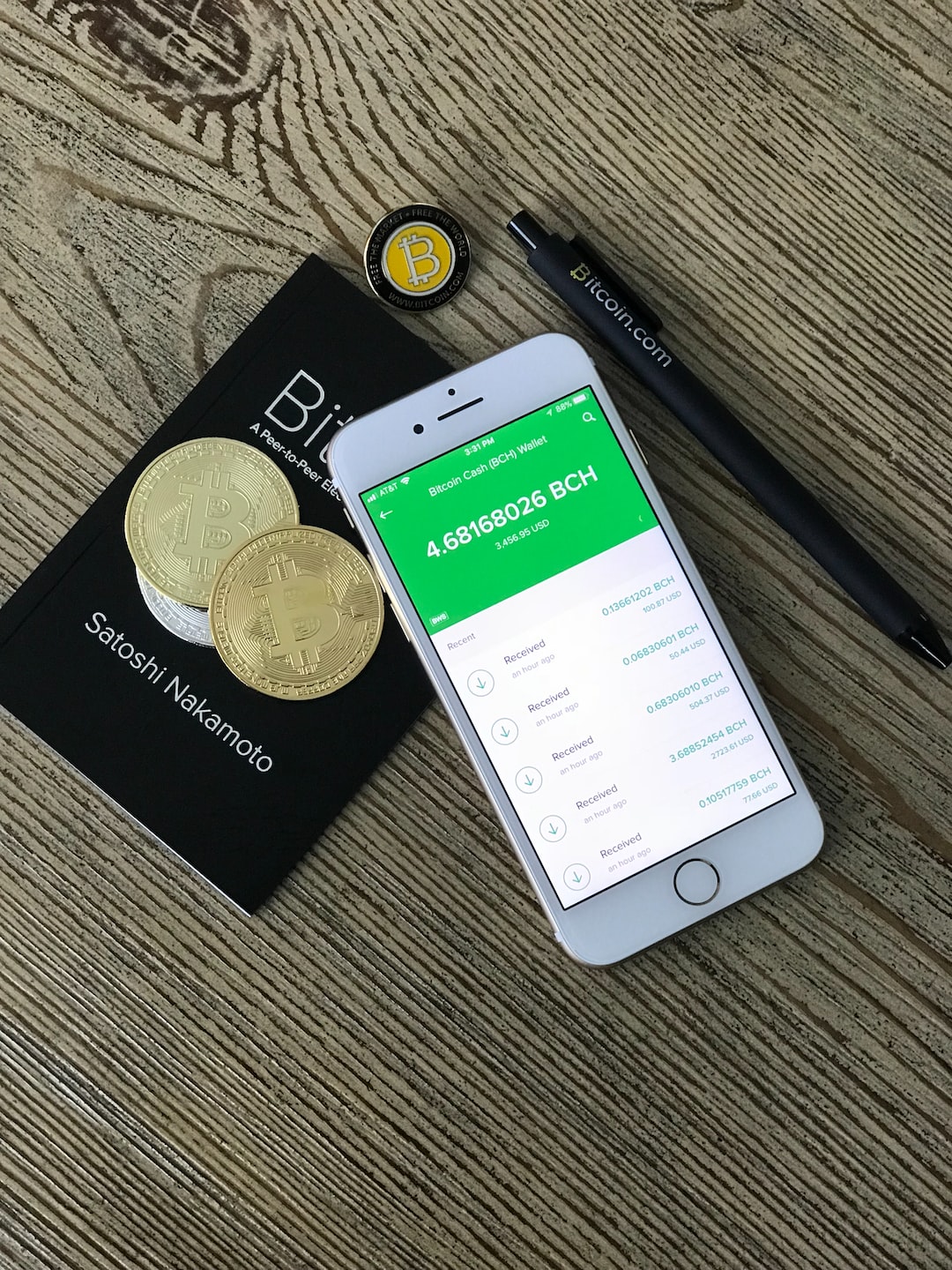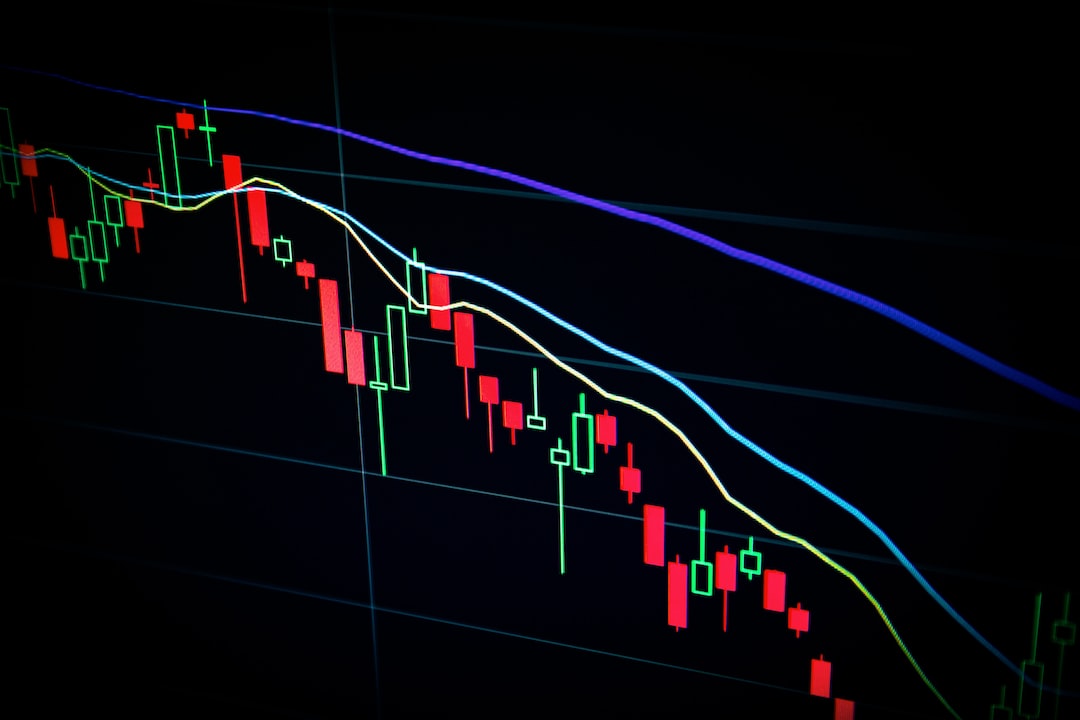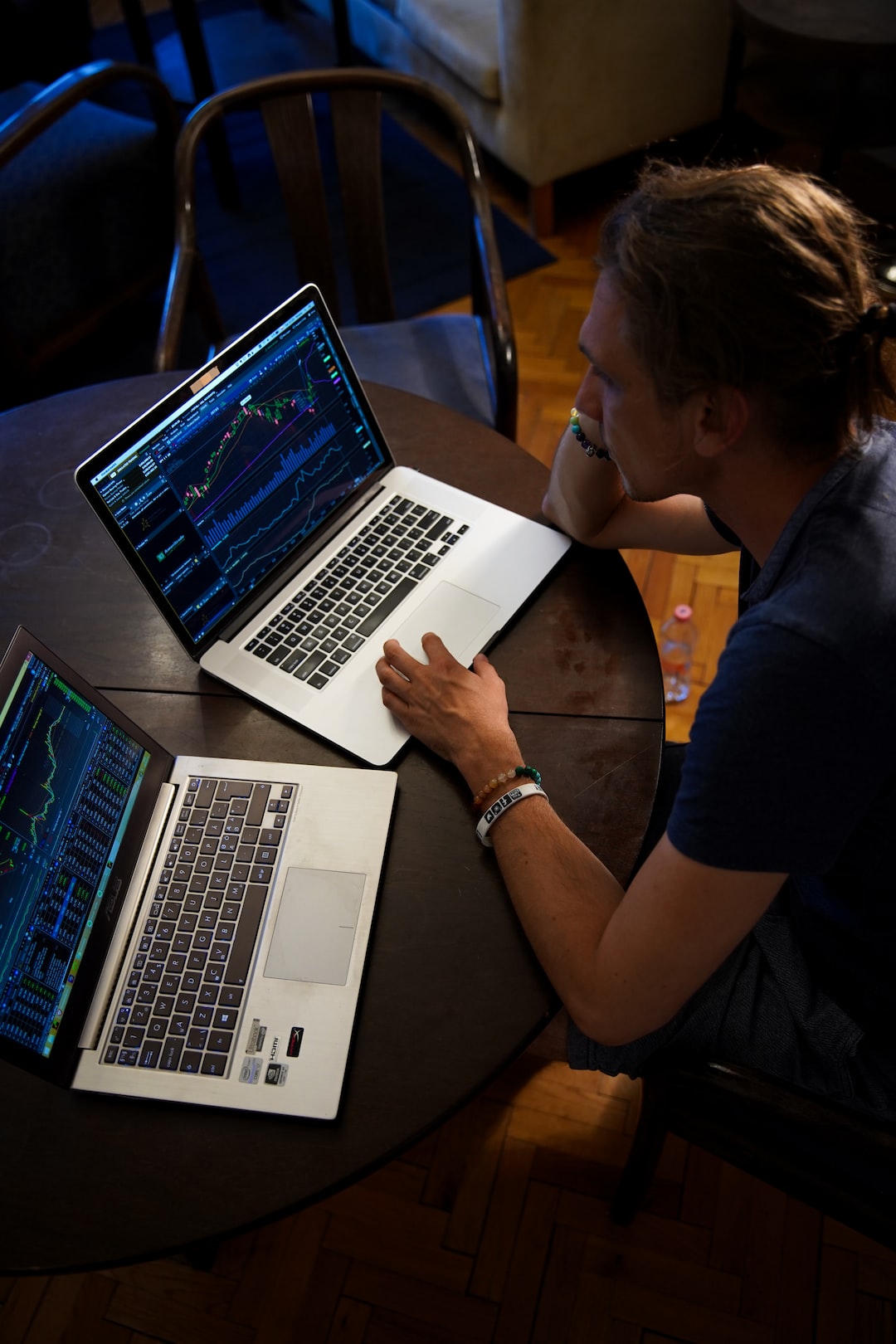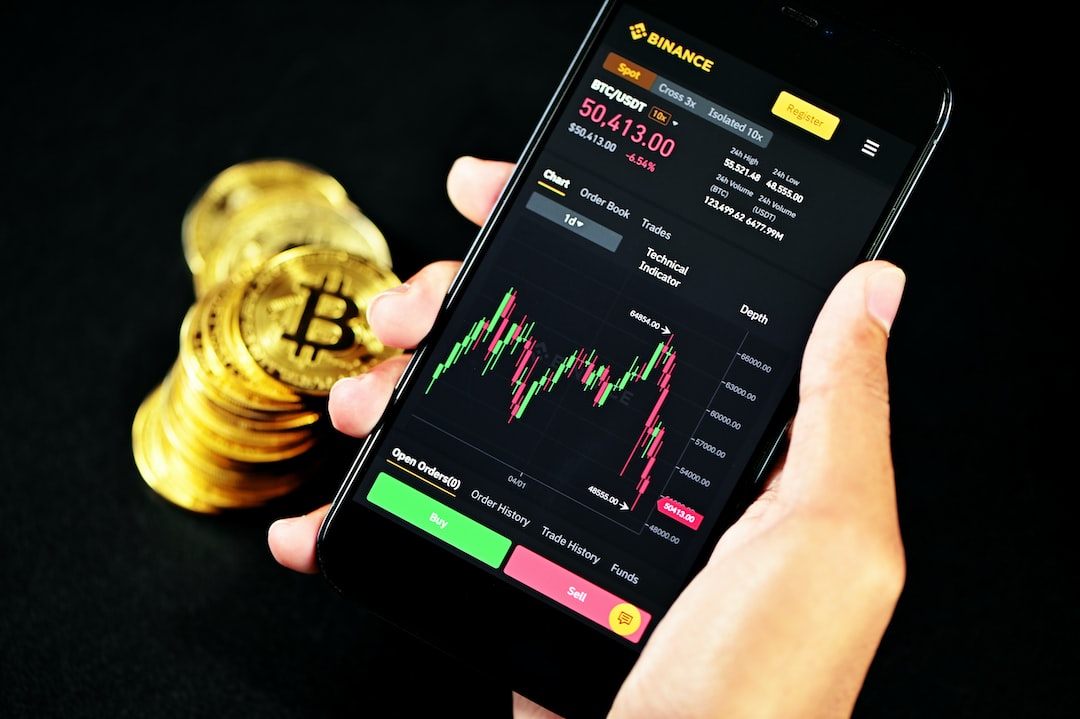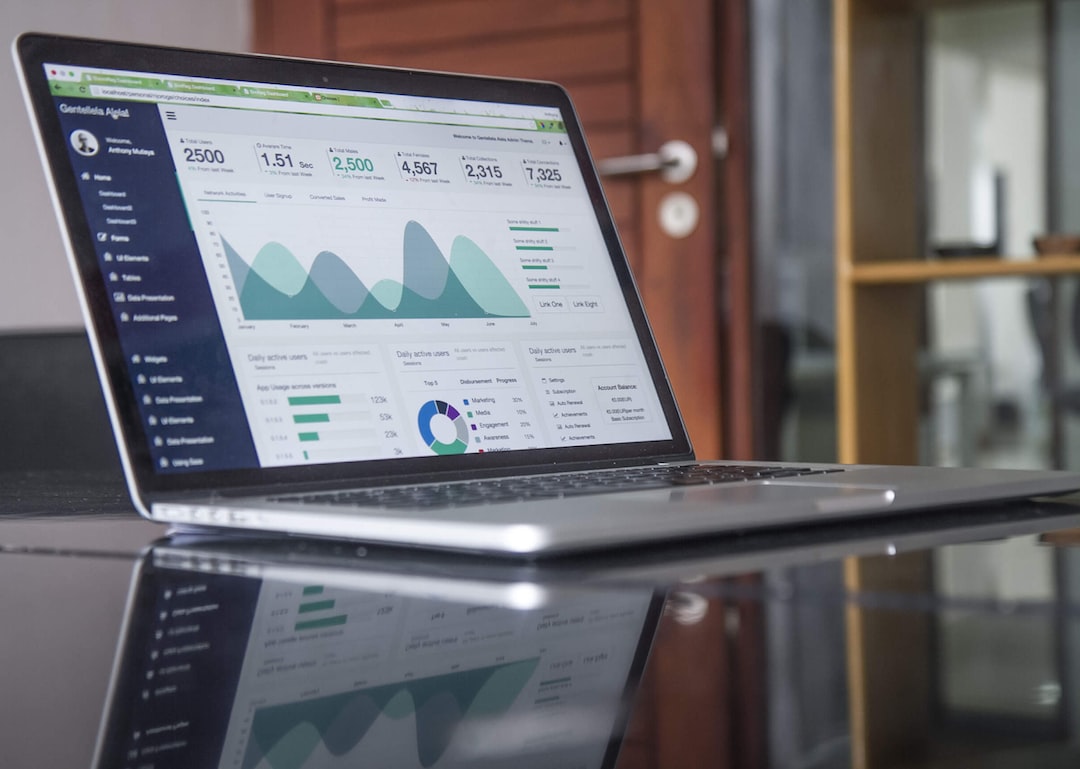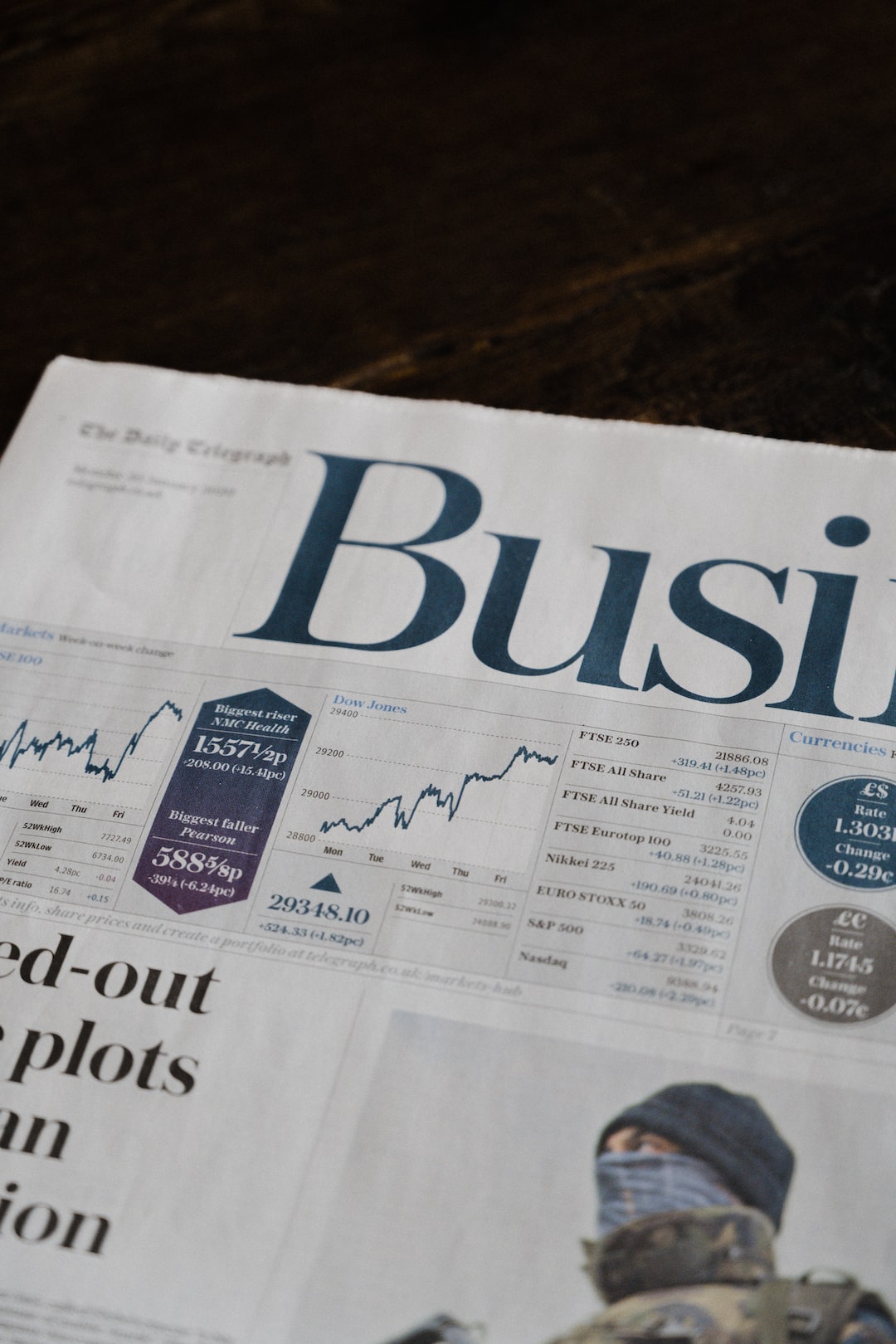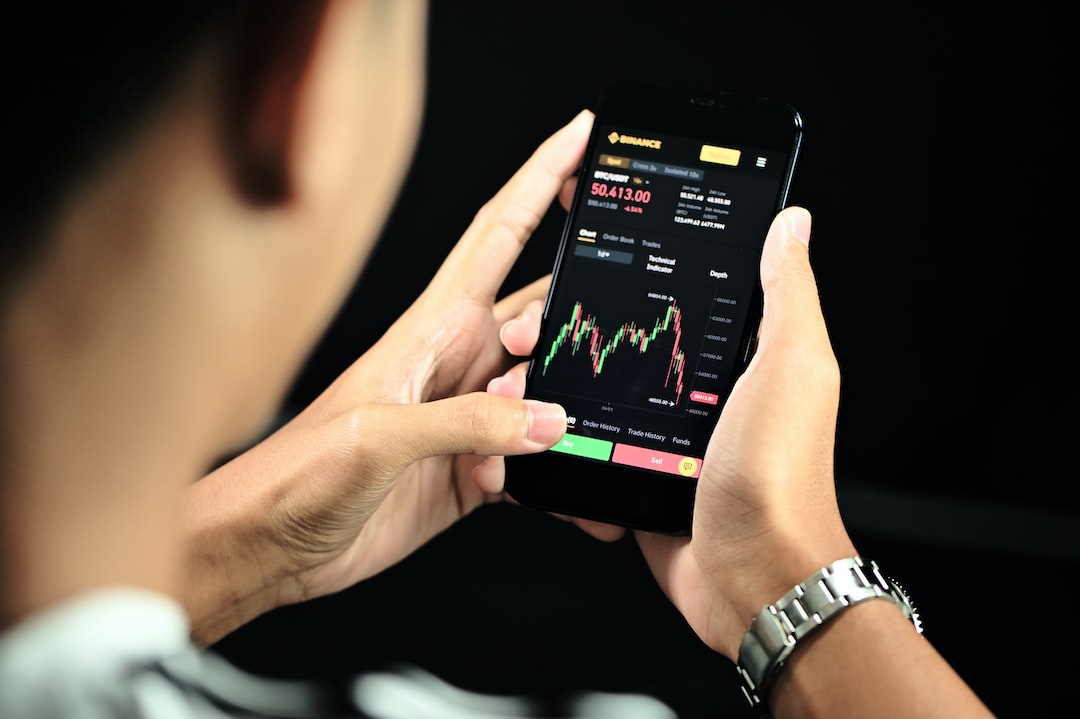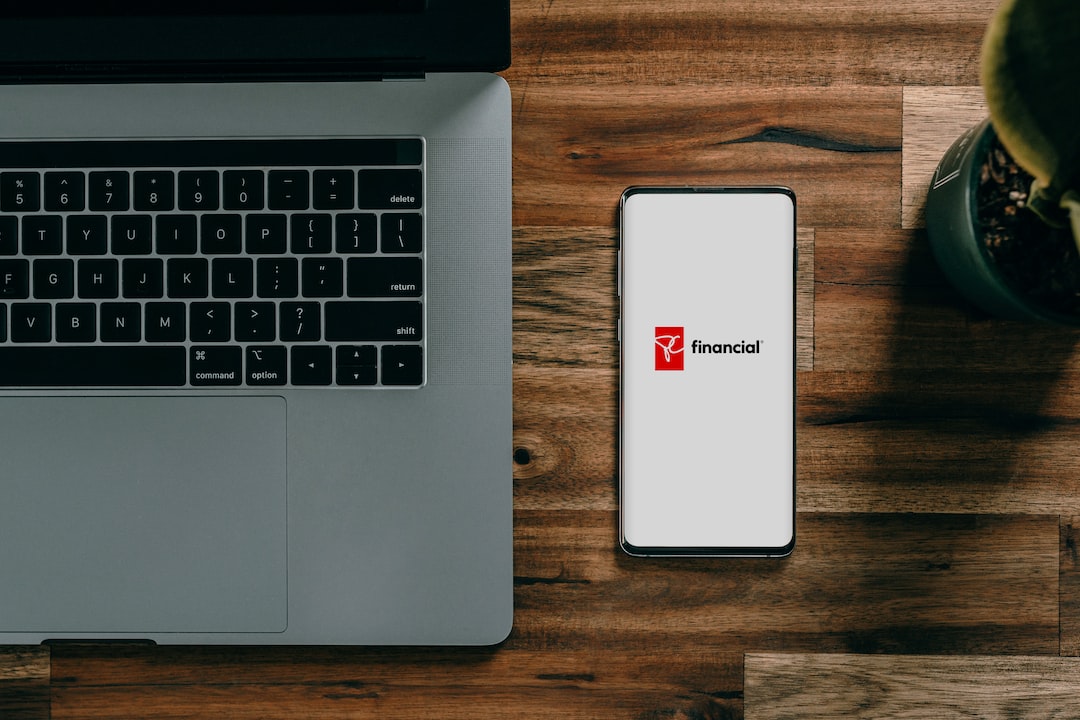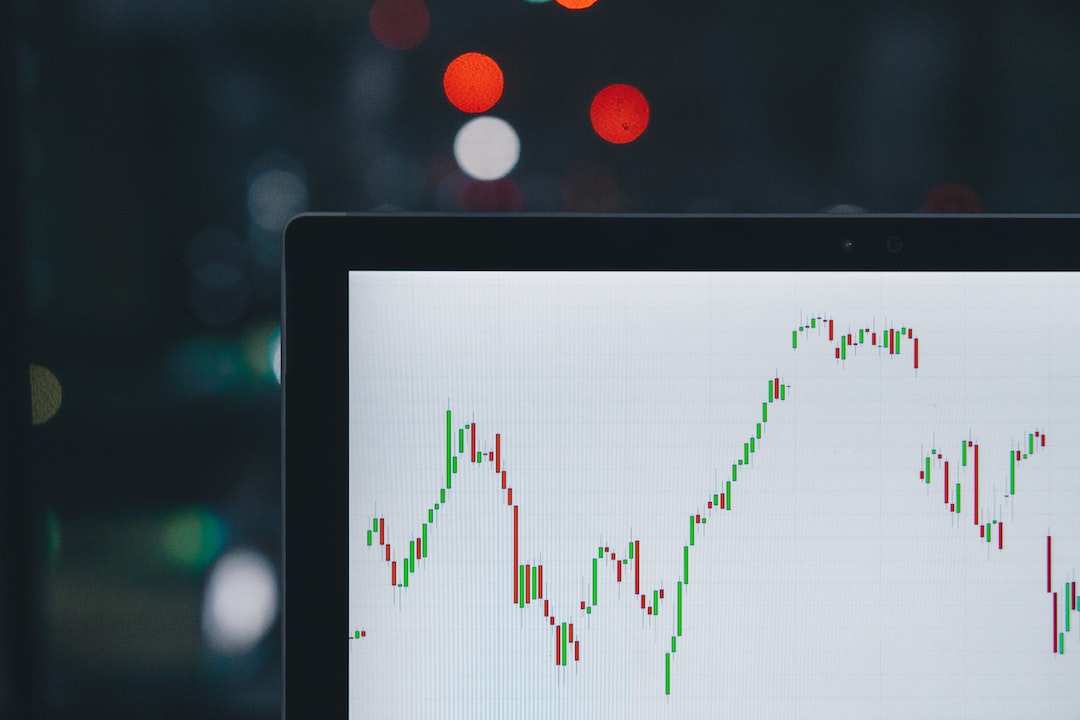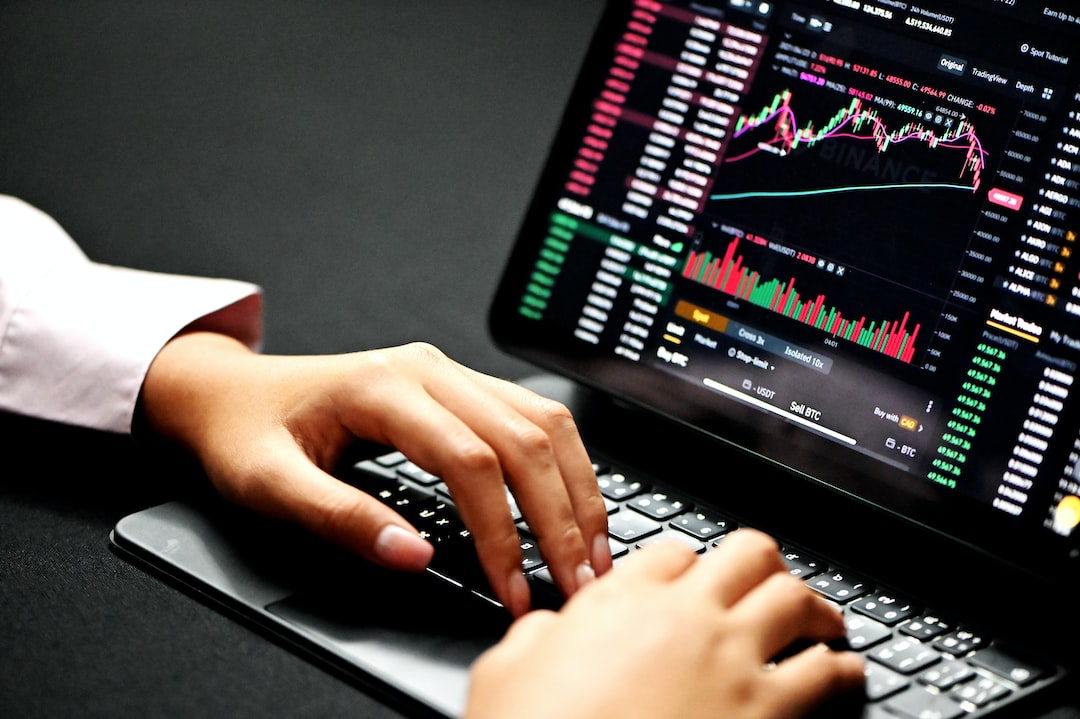Navigating the Complex World of Bank Forex Trading: Common Pitfalls to Avoid
The foreign exchange market, commonly known as forex, is the largest and most liquid market in the world. It involves the trading of currencies, where individuals and institutions buy and sell different currencies in order to take advantage of fluctuations in exchange rates. Among the various participants in the forex market, banks play a significant role, acting as intermediaries for their clients and executing large volume trades. However, navigating the complex world of bank forex trading can be a daunting task. This article aims to highlight some common pitfalls that traders should avoid when dealing with banks in the forex market.
1. Lack of Transparency: One of the major challenges in bank forex trading is the lack of transparency. Banks often operate in an opaque manner, making it difficult for traders to get a clear understanding of the pricing and execution process. It is essential for traders to demand transparency from their bank and ensure that they are provided with detailed information about the execution of their trades, including spreads, fees, and any other charges. Transparency is crucial for traders to make informed decisions and avoid unnecessary losses.
2. High Costs: Another common pitfall in bank forex trading is the high costs associated with the services provided by banks. Banks typically charge fees for executing trades, in addition to spreads, which are the difference between the buying and selling price of a currency pair. These costs can significantly eat into the profits of traders, especially when they are engaging in frequent trading. Traders should carefully compare the costs of different banks and consider alternative options, such as online forex brokers, which often offer lower fees and tighter spreads.
3. Lack of Personalization: Banks often treat forex trading as just another product or service they offer, without considering the unique needs and preferences of individual traders. This lack of personalization can be detrimental to traders, as they may not receive the support and guidance required to navigate the complex forex market. It is important for traders to find a bank that understands their specific needs and provides them with tailored solutions. This can include personalized trading strategies, access to research and analysis, and dedicated support from experienced forex professionals.
4. Limited Trading Tools and Technology: In today’s fast-paced forex market, having access to advanced trading tools and technology is crucial for success. Unfortunately, many banks lag behind in this aspect, offering outdated trading platforms and limited technical analysis tools. Traders should consider working with banks that provide them with cutting-edge trading technology, including user-friendly platforms, real-time market data, automated trading systems, and advanced charting capabilities. These tools can greatly enhance the trading experience and help traders make more informed decisions.
5. Inadequate Risk Management: Risk management is of utmost importance in forex trading, as the market can be highly volatile and unpredictable. However, many banks fail to provide traders with adequate risk management tools and guidance. Traders should ensure that their bank offers risk management tools such as stop-loss orders, take-profit orders, and margin call notifications. Furthermore, they should seek banks that provide educational resources and support to help traders enhance their risk management skills.
In conclusion, navigating the complex world of bank forex trading can be challenging. Traders should be aware of the common pitfalls associated with trading through banks, including lack of transparency, high costs, lack of personalization, limited trading tools, and inadequate risk management. By being cautious and doing thorough research, traders can avoid these pitfalls and find banks that provide them with transparent pricing, competitive costs, personalized services, advanced trading tools, and comprehensive risk management support.



